EZH2 Target Analysis Report Summary


About the Target
EZH2, also known as enhancer of zeste 2, is a key component of the polycomb repressive complex 2 (PRC2) that plays an important role in regulating gene expression through histone modification. [2] PRC2, consisting of EZH2, EED, SUZ12, and RbAp46/48, methylates histone 3 at lysine 27 (H3K27me3), leading to chromatin compaction and gene silencing. However, studies have also revealed a PRC2-independent function of EZH2 in transcriptional activation. [2]
Somatic mutations in EZH2 have been found to affect histone modification pathways. Mutant EZH2 loses its methylase activity, resulting in decreased H3K27me3 levels. This leads to loosening of histone proteins, allowing easier access for transcription factors and promoting genetic expression. [3] Additionally, overexpression of PHF19, a protein that interacts with PRC2, has shown conflicting results in the mechanistic investigation of EZH2 function. Some studies suggest that PHF19 promotes PRC2 activity and represses cell cycle inhibitor genes, while others suggest that it impedes PRC2 activity by promoting the phosphorylation of EZH2, leading to EZH2 inactivation and increased expression of genes important in cancer progression. [4]
Furthermore, AC1NOD4Q, a molecule that binds to the HOTAIR5' domain, weakens the recruitment and binding abilities of EZH2, inhibiting H3K27-mediated trimethylation and restoring expression of the NLK promoter. This highlights the potential of targeting the interaction between EZH2 and HOTAIR for reversing cancer progression and metastasis induced by HOTAIR. [5]
In summary, EZH2 is a crucial component of PRC2 involved in chromatin compaction and transcriptional regulation through H3K27 methylation. Somatic mutations in EZH2 can disrupt this process, leading to altered gene expression. While EZH2 primarily functions as a transcriptional repressor, it also has PRC2-independent roles in transcriptional activation. Further investigations into the interactions and mechanisms involving EZH2, such as its interaction with PHF19 and HOTAIR, provide insights into potential therapeutic strategies for cancer treatment. [2][3][4][5]
Based on the provided context information, some key viewpoints regarding EZH2 can be extracted:
EZH2 inhibition has shown promising results in alleviating liver fibrosis in rats [6].
EZH2 and SIRT1 play a role in maintaining endothelial homeostasis, and restoring the balance between these two proteins may have potential in preventing atherogenesis [7].
Epigenetic changes, including the downregulation of EZH2, are important during the osteogenic differentiation of AF-MSCs [8].
EZH2 is connected to deregulated metabolites in cervical cancer, and its regulation may be influenced by signaling pathway proteins, transcription factors, and miRNAs [9].
EZH2 repression leads to the absence of functional PPP2R2B-containing PP2A, contributing to tumorigenesis and potentially resistance to anti-HER2 therapy [10].
These viewpoints provide an overview of the diverse roles and implications of EZH2 in various biological contexts and diseases.
Figure [1]
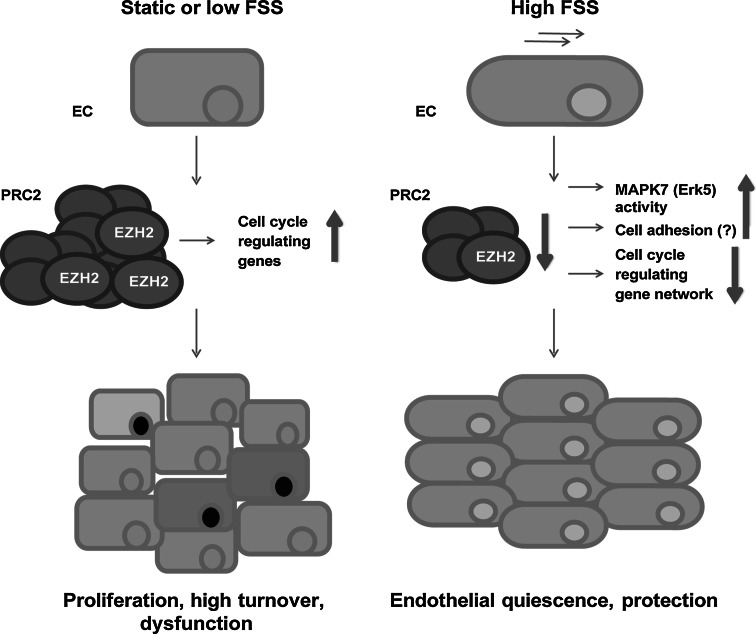
Figure [2]
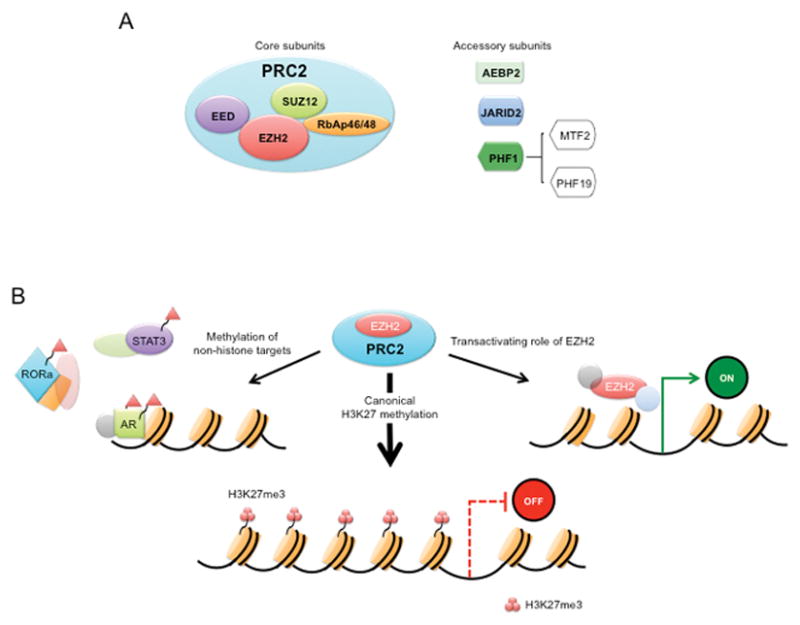
Figure [3]
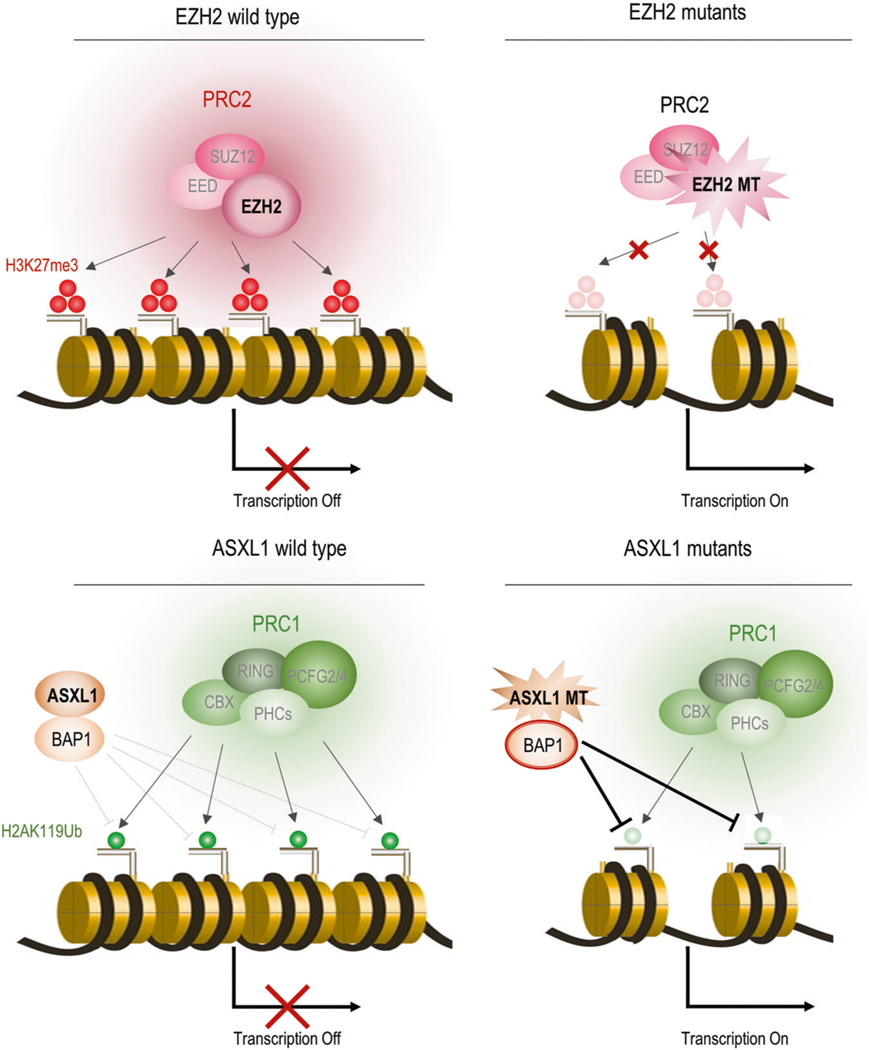
Figure [4]

Figure [5]
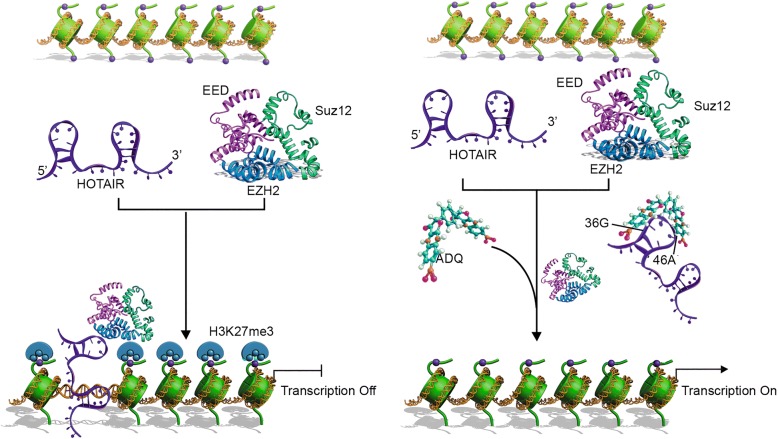
Figure [6]

Figure [7]
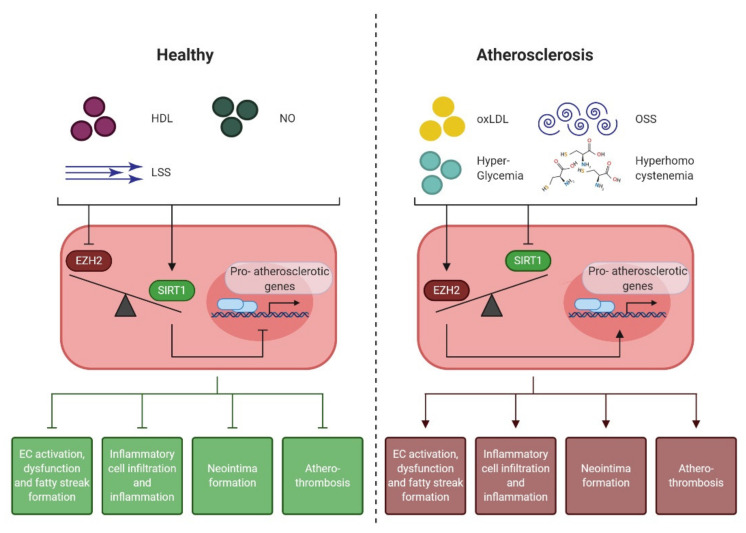
Figure [8]
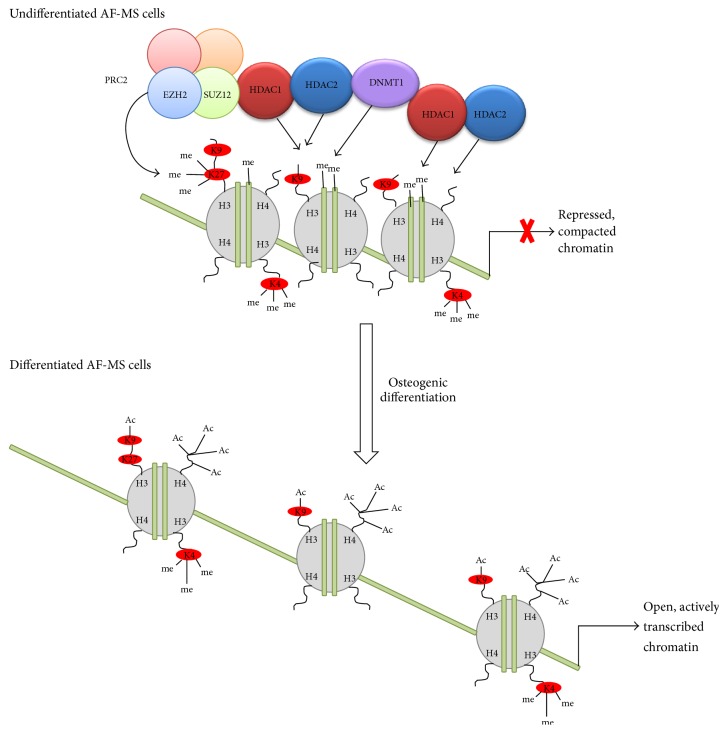
Figure [9]

Figure [10]
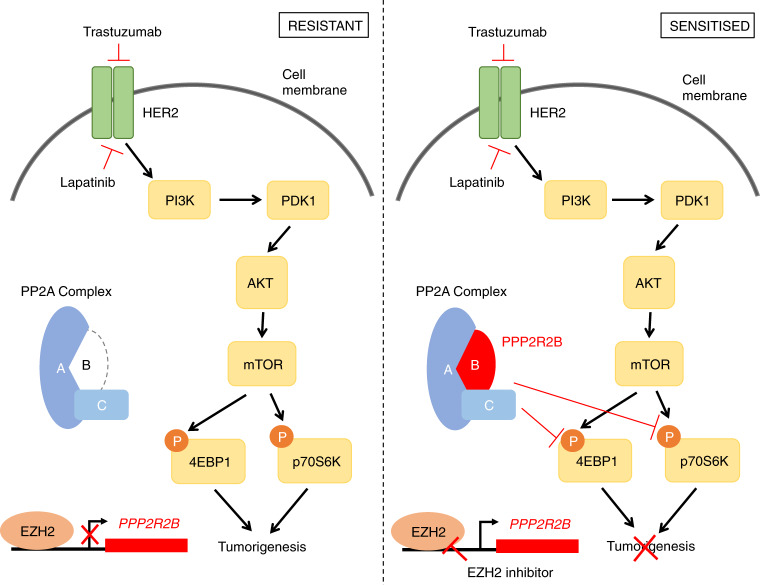
Note: If you are interested in the full version of this target analysis report, or if you'd like to learn how our AI-powered BDE-Chem can design therapeutic molecules to interact with the EZH2 target at a cost 90% lower than traditional approaches, please feel free to contact us at BD@silexon.ai.
More Common Targets
ABCB1 | ABCG2 | ACE2 | AHR | AKT1 | ALK | AR | ATM | BAX | BCL2 | BCL2L1 | BECN1 | BRAF | BRCA1 | CAMP | CASP3 | CASP9 | CCL5 | CCND1 | CD274 | CD4 | CD8A | CDH1 | CDKN1A | CDKN2A | CREB1 | CXCL8 | CXCR4 | DNMT1 | EGF | EGFR | EP300 | ERBB2 | EREG | ESR1 | EZH2 | FN1 | FOXO3 | HDAC9 | HGF | HMGB1 | HSP90AA1 | HSPA4 | HSPA5 | IDO1 | IFNA1 | IGF1 | IGF1R | IL17A | IL6 | INS | JUN | KRAS | MAPK1 | MAPK14 | MAPK3 | MAPK8 | MAPT | MCL1 | MDM2 | MET | MMP9 | MTOR | MYC | NFE2L2 | NLRP3 | NOTCH1 | PARP1 | PCNA | PDCD1 | PLK1 | PRKAA1 | PRKAA2 | PTEN | PTGS2 | PTK2 | RELA | SIRT1 | SLTM | SMAD4 | SOD1 | SQSTM1 | SRC | STAT1 | STAT3 | STAT5A | TAK1 | TERT | TLR4 | TNF | TP53 | TXN | VEGFA | YAP1

